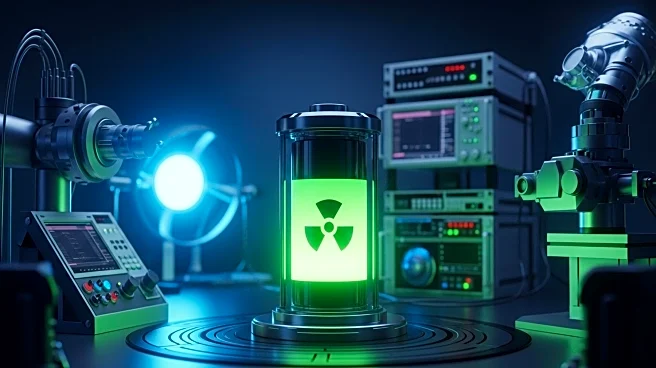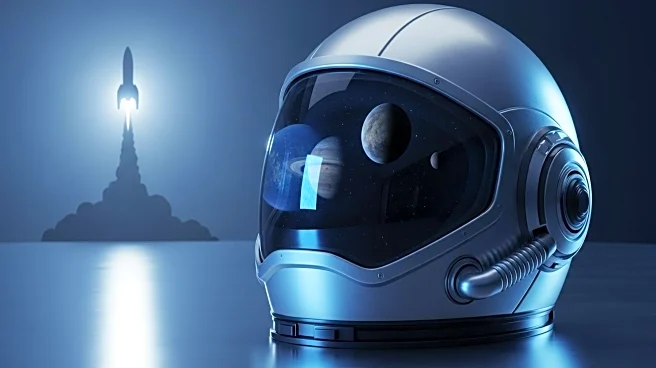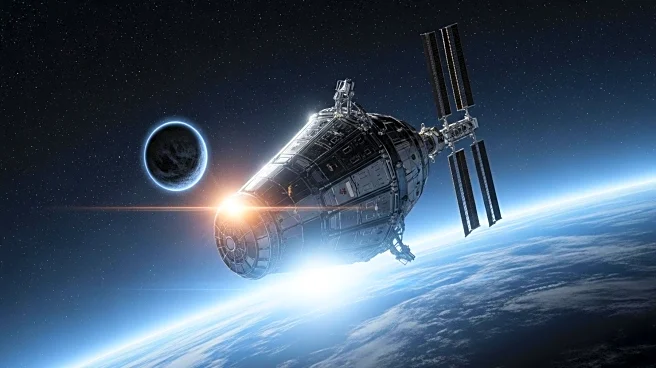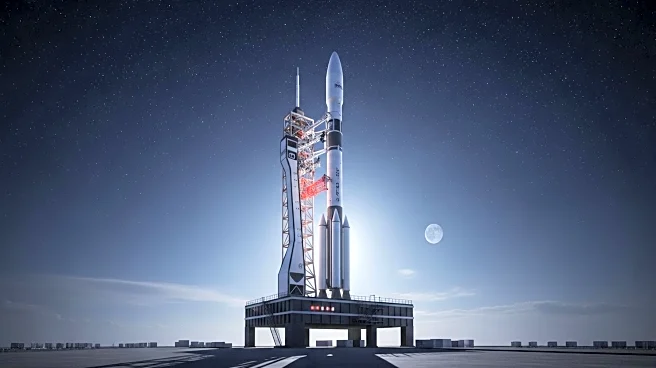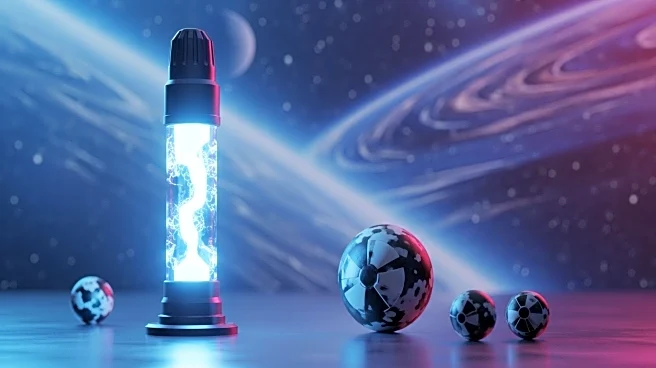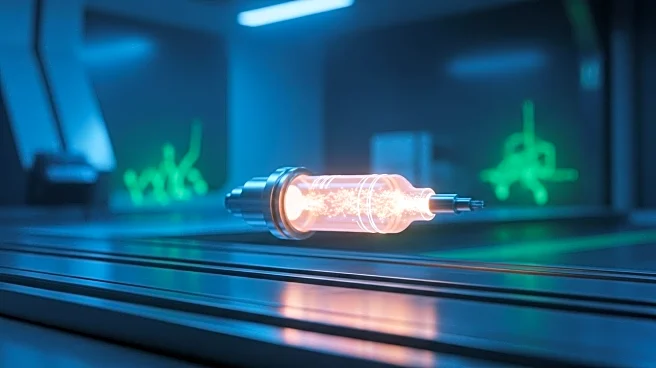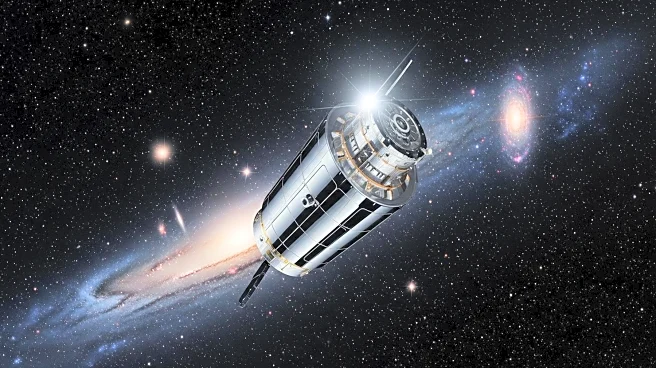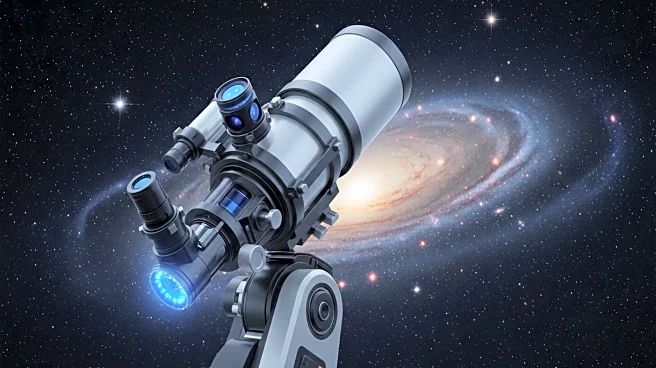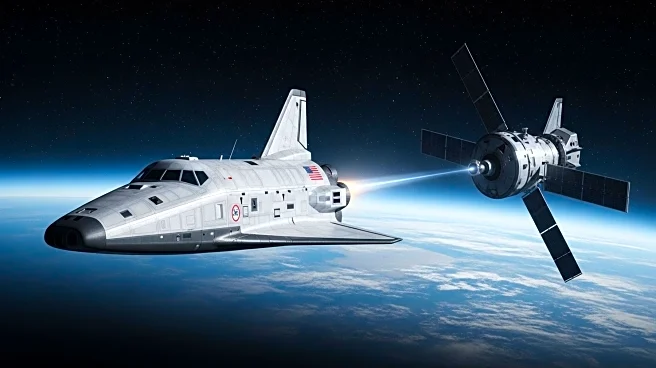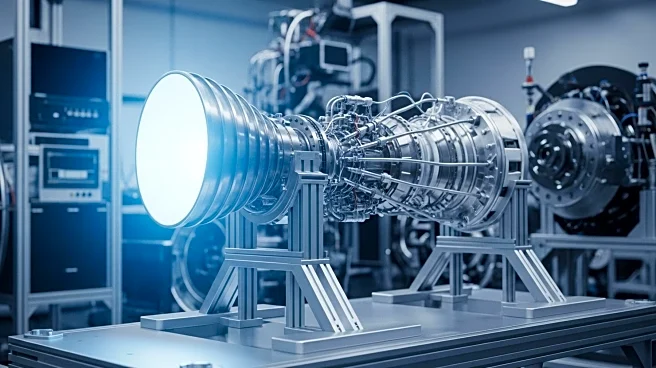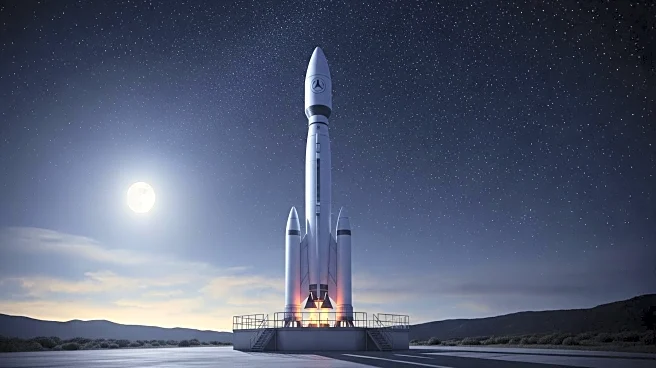What's Happening?
NASA is testing a new nuclear battery using americium-241, which could last up to 433 years, for future space missions. This collaborative effort with the University of Leicester aims to develop batteries with this isotope, offering a longer-lasting alternative to the plutonium-238 used in previous missions. The americium-241 isotope has a significantly longer half-life, potentially enabling spacecraft to venture further into space.
Why It's Important?
The development of americium-241 nuclear batteries represents a significant advancement in space exploration technology. With a longer half-life, these batteries could power spacecraft for centuries, reducing the need for frequent replacements and enabling longer missions. This innovation aligns with NASA's goals to explore deeper into space and enhance the longevity of its missions.
What's Next?
NASA's Glenn Research Center and the University of Leicester are exploring optimal methods for generating electricity from americium-241. The production process for the isotope is undergoing improvements for efficiency and safety at Los Alamos National Laboratory. The successful implementation of these batteries could revolutionize space exploration, providing a reliable power source for future missions.
Beyond the Headlines
The use of americium-241 in nuclear batteries highlights the potential for radioisotopes to meet NASA's strict criteria for space missions. The collaboration between NASA and the University of Leicester exemplifies the importance of international partnerships in advancing space technology. The development of these batteries could pave the way for more ambitious space exploration projects.
